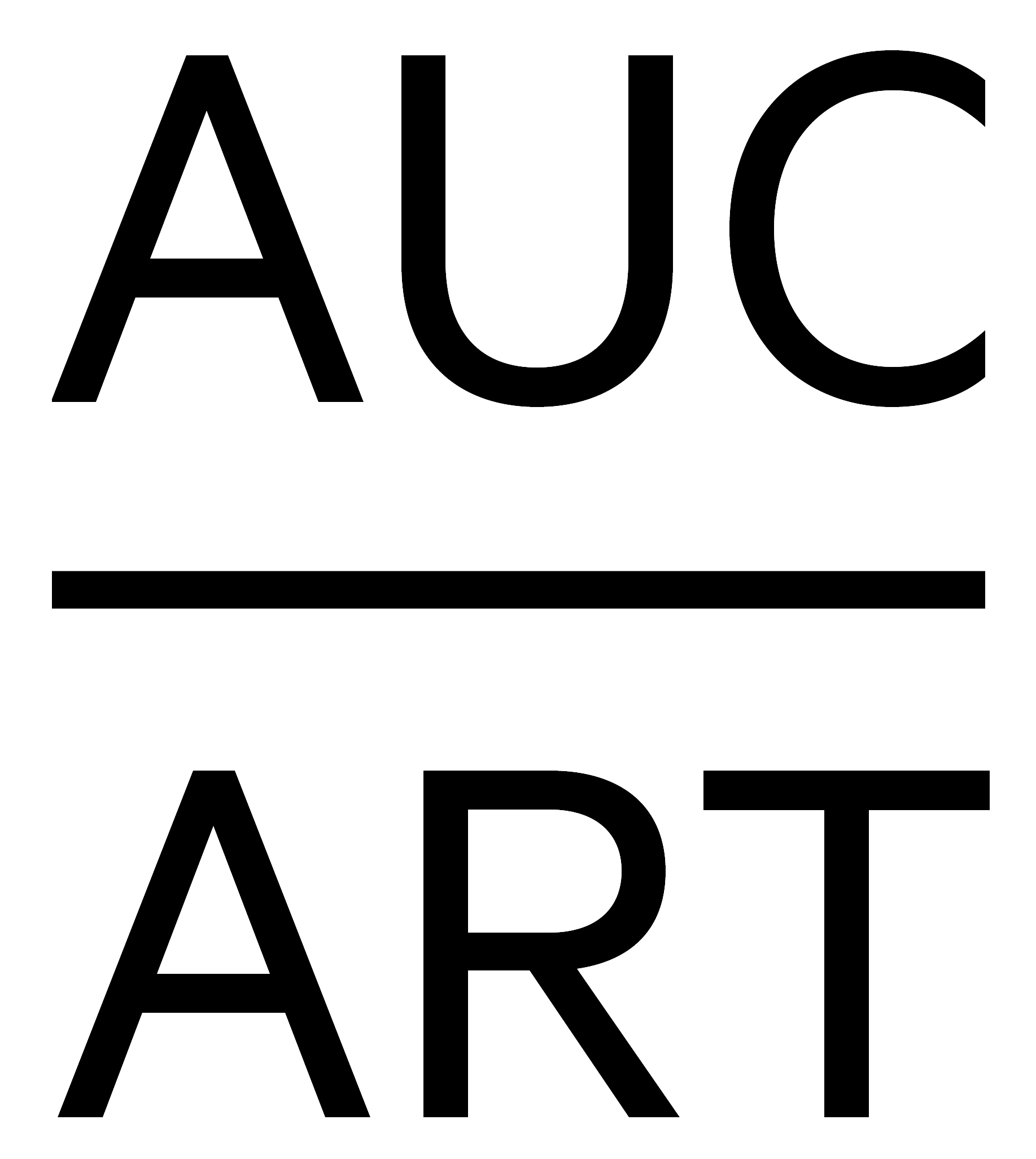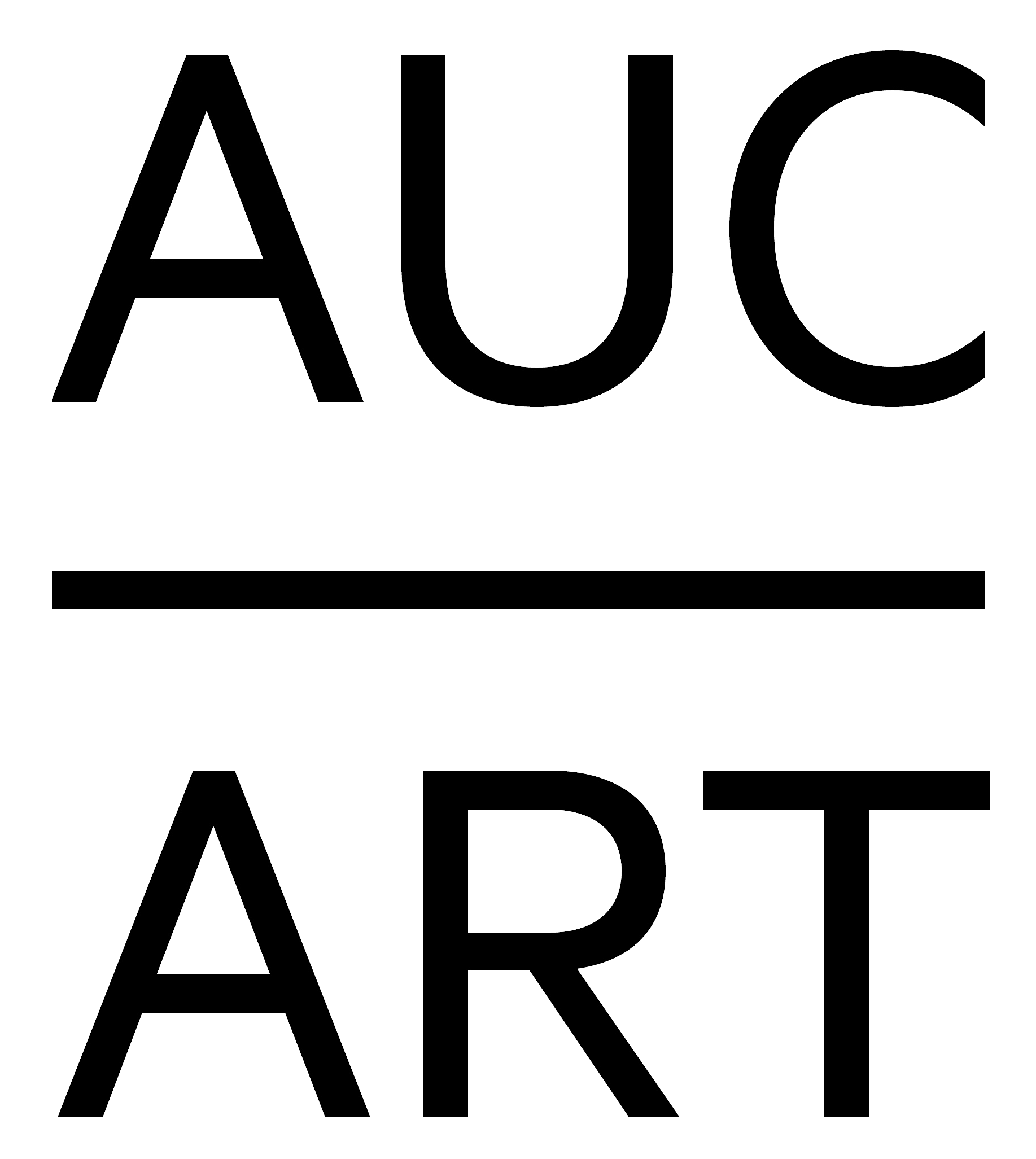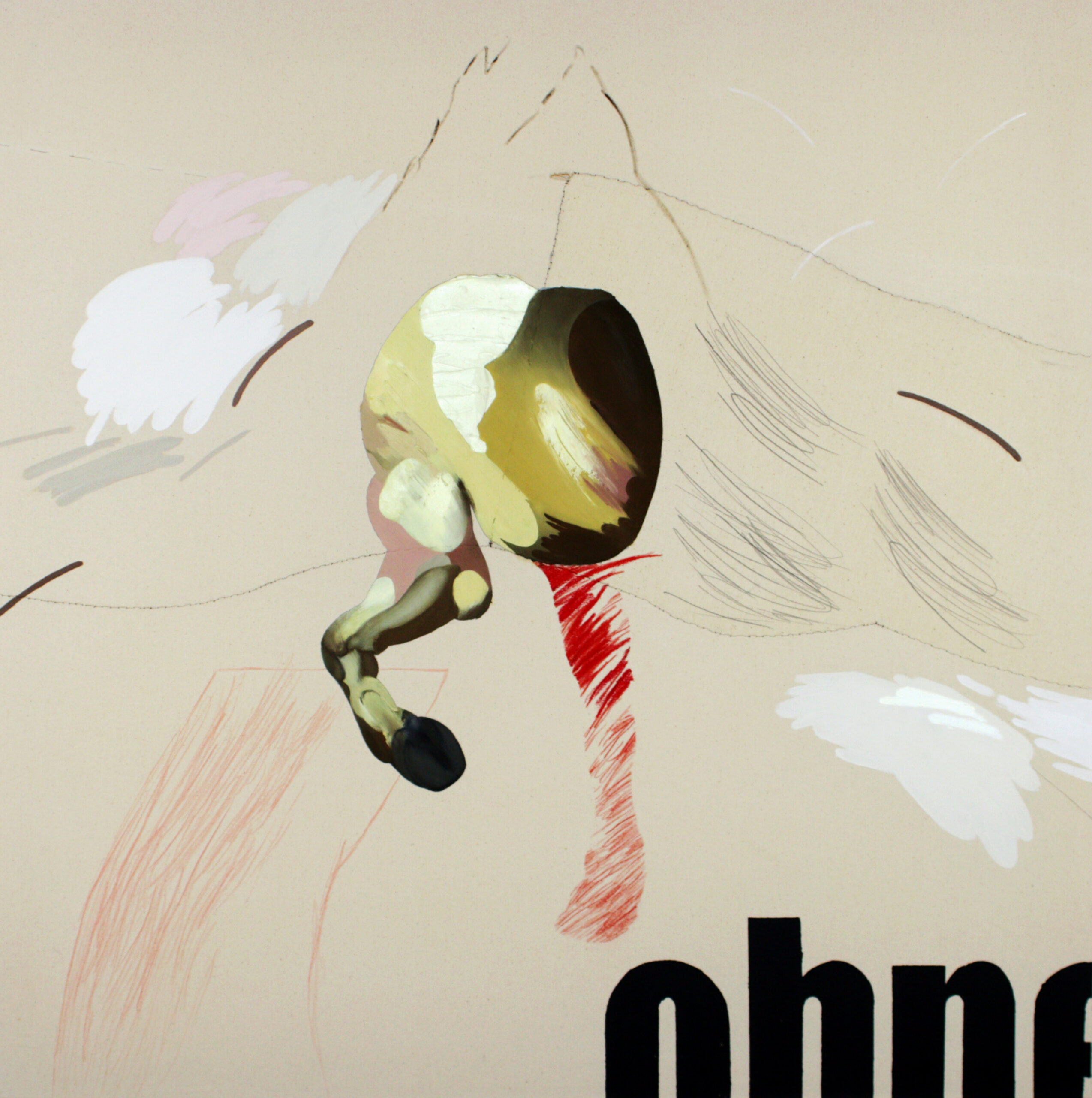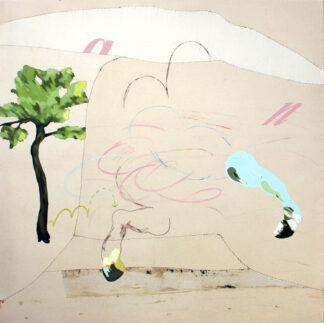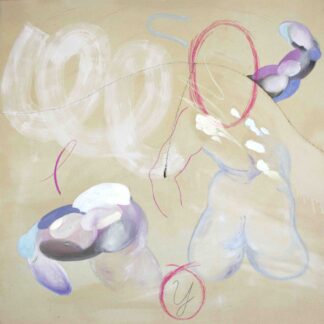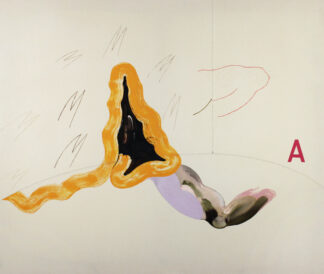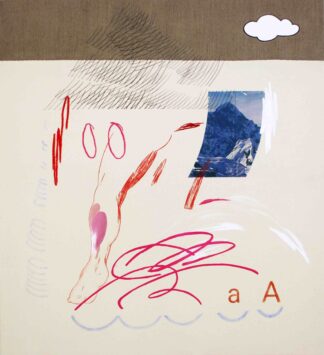In the Absence Of, 2021
Oil paint, acrylic and pencil on canvas
£3,000
In stock
About the Artist
Jacopo Dal Bello (b.1989, Italy) is a visual artist whose practice is transformed through the process of imagination and experimentation. The work develop the process of painting through drawing and drawing through painting. The influences and images come from different contexts; from the history of painting, popular culture and other types of visual communication. These will often coexist in a fragmentary and unsolved way, underlining the similarities and differences between them. Through the collision of historical and fictional moments, the elements are pushed out of their comfort zone and their narrative and history are questioned. In these constructions, pale arrangements of paper, text, pigment, and discarded personal belongings are artfully juxtaposed to create a place of memory and poetic evocation. The mark of the artist is found across canvas, paper, and textile delineated in rich expressive lines and shapes — a view into the alchemical process of making art. Jacopo lives and works in Berlin, Germany.
About the Artwork
The starting point for In the absence of was the painting Conversion on the road to Damascus by Caravaggio. This was part of series of reinterpretation of works of the past to the point where they would lose any recognisability. Despite the partiality, a depiction of a horse emerges. Around the figure there are patches of colour and scribbles that are the same units that make up the horse, but in this case they are not organised in such a way as to construct something recognisable. The included word ‘ohne’, meaning ‘without’ in German, is used in a similar way to the singular letters in the other paintings, alluding to language but without contributing much to the meaning as it is isolated from other words (or letters in the other works). There is thus a failed attempt at a more literal meaning, which does not manifest itself. The painting thus returns to the ambivalence of the pictorial.
